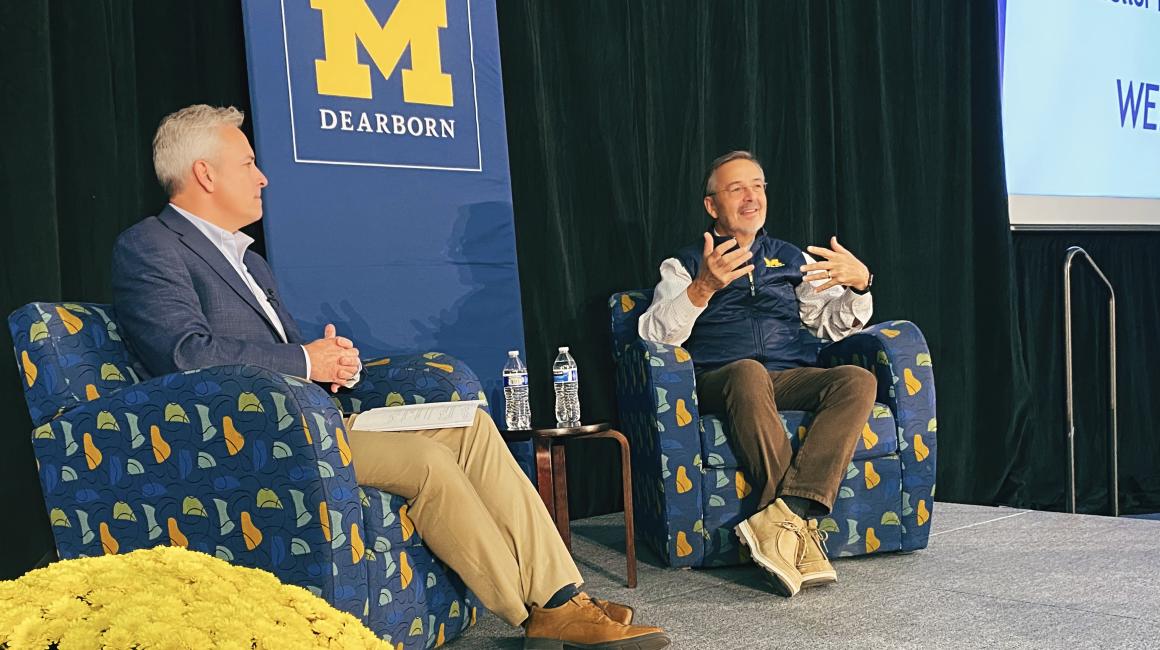Attraction and retention is everybody’s job
The year’s entering class set a record with the highest number of incoming first year students in the history of the university. We also saw an increase in our incoming transfer students. The four-year graduation rate is on the upswing as well, increasing 5% this year and 3% last year. Grasso credited these improvements to the supports the university is putting in place to help our students get to the finish line faster.
Despite the good news, we have not closed the enrollment gap. Our retention rate hovers around 60% percent and we're losing about 40% of our students that don't finish. Some of those students transfer to other schools. Grasso says he wishes them well but, at the same time, we have to make a case for why they should stay here. Everyone on campus can play a role, Grasso emphasized. “Whether you are student facing or not, if you are out there mowing the lawn or repairing a light fixture and a student walks by looking confused, you can ask them if they need help finding someplace,” he said. “As a team, I think that we can help our students feel like this is where they want to be over any other place if we all feel that we are contributing to their success.”
Students leaving the university – either because they transfer to another school or stop out altogether – has a serious fiscal impact: the university loses about $7 million a year on students who don't return. Coupled with students graduating faster – a good thing educationally but a hit financially – this poses a serious challenge.
As a result of not closing the enrollment gap, coupled with rising health care costs, the university will be running in the red this year. Still, following a cautious 1% salary increase for staff last summer, everyone will receive another modest increase, with $1500 added to base pay.




